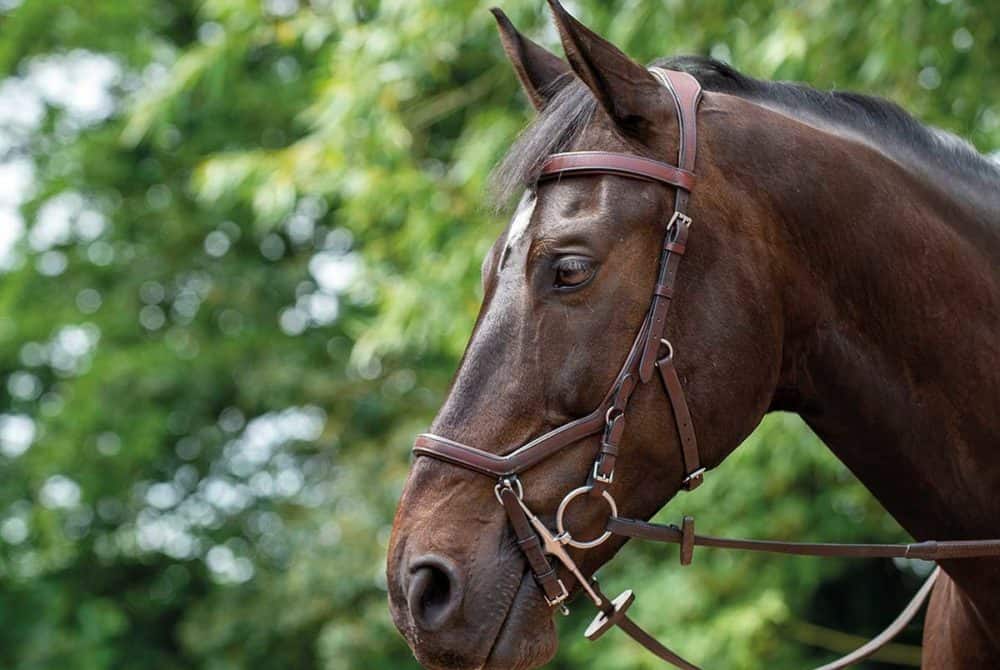Choosing the correct bit
Posted 12th June 2020
Your horse’s bit is one of your primary lines of communicating with him, so getting it right is vital for a clear connection. Fizz Marshall explains how

Making the right choice when it comes to selecting and fitting the best bit for your horse can seem something of a minefield. The market is jam-packed with all manner of products made of different materials, all of which have their own unique selling point to tempt you in. However, many bits are simply variations on a theme, and so the fit of each one is much the same. Sticking to some basic principles will help to ensure that you get it right, whichever one you choose.
Bitting background
Whatever bit you choose, the ideal situation is that it sits in your horse’s mouth as neatly and unobtrusively as possible. Remember, the bit is the connection between you and your horse, so keep it simple and only seek out as much as control as you need.
Ultimately, your horse will give you his best work when he’s relaxed and comfortable and as such, over-bitting can bring far more problems with it than under-bitting. If you’re certain you need to fit something stronger than you currently use, try the mildest version of this before working up from there until you find a bit that suits.
Snaffles
A snaffle is the mildest form of bit and comes in a huge variety of materials and ergonomic designs. An eggbutt snaffle is arguably the most traditional variety, but loose rings and fulmer snaffles are incredibly popular options, each offering a slightly different feel for your horse.
The right fit
To ensure you have the correct fit, you should be able to place a forefinger between the side of your horse’s mouth and the edge of the bit where the ring attaches. If your bit isn’t wide enough it’ll pinch the corners of his mouth, causing sores.
One of the most common mistakes people make is having their horse’s bit sitting too low or too high. Broadly speaking, you’ll know that you have the bit fitted at the correct height when two soft wrinkles appear in each corner of his mouth.
If the bit is too high, your horse’s lips will look stretched and tight, with the corners pulled up in an unnatural fashion. Fit it too low and you won’t see any wrinkles at all, leaving the bit hanging loosely in his mouth and not acting on the correct pressure points.
For more bitting advice, get your copy of August Horse&Rider out now










